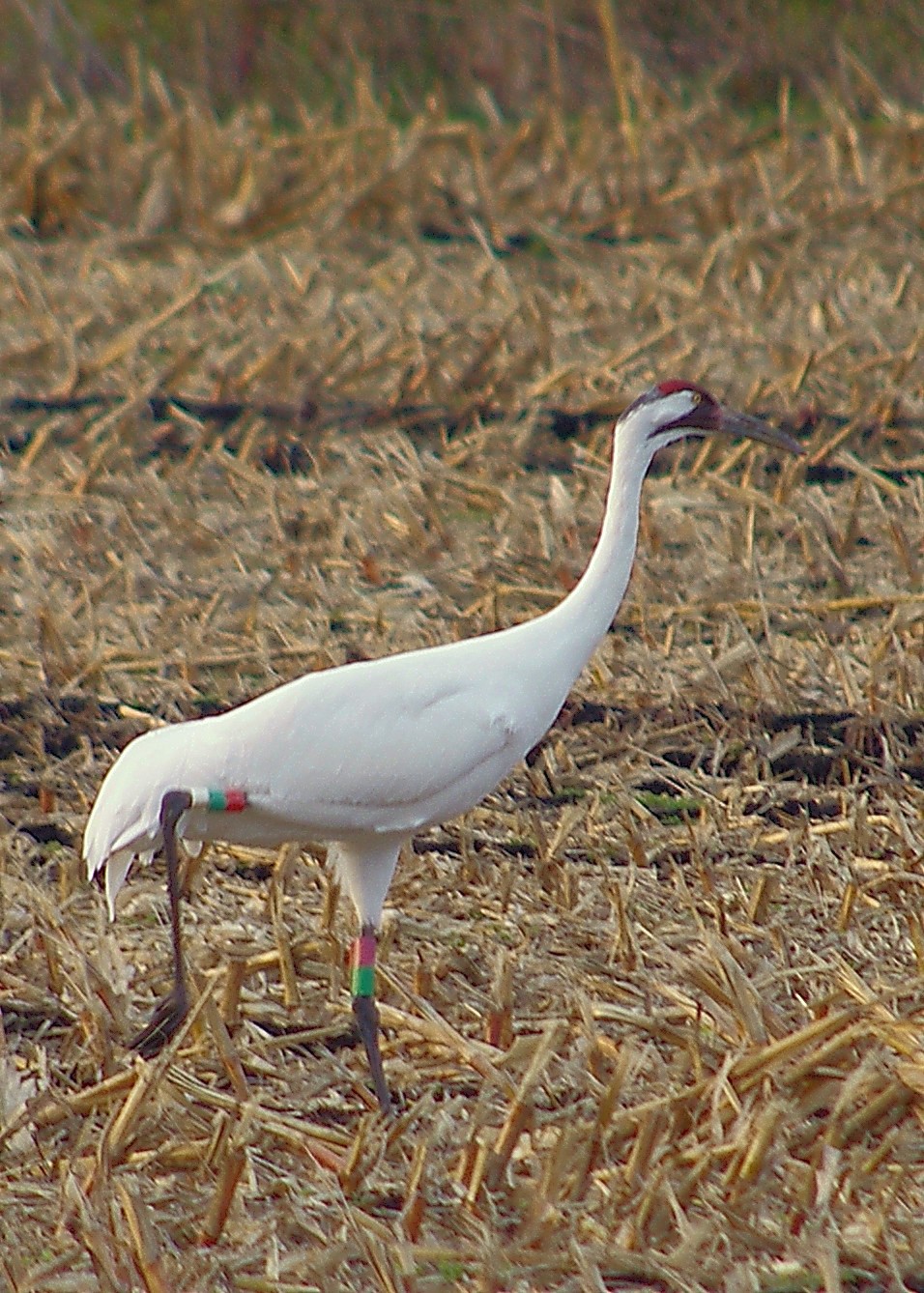 Where does whooping Crane usually live?
Where does whooping Crane usually live?
Where does whooping Crane usually live?
The muskeg of the taiga in Wood Buffalo National Park, Northwest Territories, Canada, and the surrounding area was the last remnant of the former nesting habitat of the Whooping Crane Summer Range. However, with the recent Whooping Crane Eastern Partnership Reintroduction Project, whooping cranes nested naturally for the first time in 100 years in the Necedah National Wildlife Refuge in central Wisconsin, United States. They nest on the ground, usually on a raised area in a marsh. The female lays 1 or 2 eggs, usually in late-April to mid-May. The blotchy, olive-coloured eggs average 2½ inches in breadth and 4 inches in length (60 by 100 mm), and weigh about 6.7 ounces (190 g). The incubation period is 29–31 days. Both parents brood the young, although the female is more likely to directly tend to the young. Usually no more than one young bird survives in a season. The parents often feed the young for 6–8 months after birth and the terminus of the offspring-parent relationship occurs after about 1 year. Breeding populations winter along the Gulf coast of Texas, United States, near Rockport on the Aransas National Wildlife Refuge and along Sunset Lake in Portland, Matagorda Island, Isla San Jose, and portions of the Lamar Peninsula and Welder Point, which is on the east side of San Antonio Bay. The Salt Plains National Wildlife Refuge in Oklahoma is a major migratory stopover for the crane population hosting over 75% of the species annually. As many as nine whooping cranes were observed at various times on Granger Lake in Central TX in the 2011/2012 winter season. Drought conditions in 2011 exposed much of the lake bed, creating ample feeding grounds for these cranes just as they were taking their autumn migration through Texas. The whooping crane is endangered mainly as a result of habitat loss, but are also illegally shot in spite of potential substantial financial penalties and possible prison time. At one time, the range for these birds extended throughout midwestern North America. In 1941, the wild population consisted of 21 birds. Conservation efforts have led to a population increase; as of July 2010 there were about 383 whooping cranes living in the wild, and another 152 living in captivity. The whooping crane is still one of the rarest birds in North America. The United States Fish and Wildlife Service estimated the population in the wild population as 505 whooping cranes in 2017.
